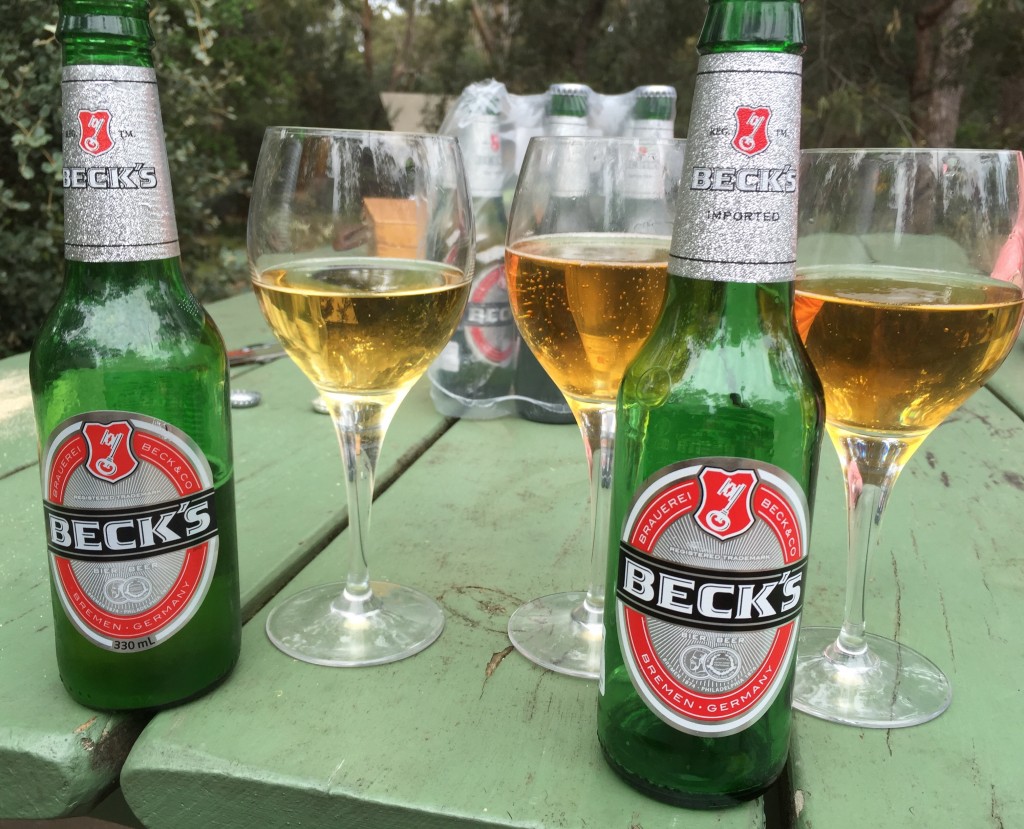Greywacke Pinot Noir 2013
Yarrum and other vineyards, southern valleys, Marlborough, New Zealand
$40–$45
Marlborough makes its red specialty, pinot noir, mostly in the light and fruity, drink-now style. However, the area’s cool, sunny climate suits the variety and the best equal those of more glamorous New Zealand pinot regions like Central Otago and Martinborough. Kevin Judd’s Greywacke is one of those. His beautifully harmonious, 2013 delivers deep, ripe, varietal flavours, meshed with the earthy, savoury, smoky flavours and silky texture of great pinot noir.
Soumah Single Vineyard Chardonnay 2014
Soumah vineyard, Gruyere, Yarra Valley, Victoria
$31–$40
Soumah 2014 topped the chardonnay classes at this year’s Royal Sydney Wine Show to win the chardonnay trophy, then the best-white-of-show trophy. The judges no doubt loved the completeness of a wine built on outstanding stone-fruit and grapefruit-like varietal flavour, with the extra dimension contributed by skilled winemaking: barrel fermentation with indigenous yeast, barrel maturation and partial malolactic fermentation (converting harsh malic acid to soft lactic acid). That all adds up to a full-bodied, smooth-textured, refined chardonnay, seasoned with barrel-derived flavours.
Jacob’s Creek Reserve Shiraz 2014
Padthaway, Coonawarra and Bordertown, Limestone Coast, South Australia
$10.90–$18
On a quality basis, Jacob’s Creek Reserve justifies its full $18 recommended price. But why pay that when it’s perennially discounted, currently to $10.90 as part of a six-bottle buy? Lap it up and let the marketers worry about how they differentiate it from the standard Jacob’s Creek brand. The 2014 delivers pure, vibrant varietal fruit flavours on a medium-bodied, elegantly structured palate.
d’Arenberg d’Arry’s Original Shiraz Grenache 2013
McLaren Vale, South Australia
$16–$19
d’Arry Osborn popularised this rich, warm blend of shiraz and grenache decades ago as d’Arenberg Burgundy. Varietal labelling from the early 1990s made no difference to its quality, style or long-term cellaring ability – the latter a rare thing in sub-$20 reds. The new release shows the extra body and depth of a very good vintage. It offers full-flavoured, bright fruit, deeply layered with firm, satisfying tannins – perhaps a touch firmer and more assertive than usual.
Huntington Estate Semillon 2015
Huntington Estate vineyard, Mudgee, NSW
$22
Huntington Estate, founded in 1969 by Bob and Wendy Roberts, built a reputation as much for its music festival as for its long-lived red wines. Tim Stevens bought Huntington a decade ago and continues making wine in the styles established by Roberts. Stevens’ new semillon, weighing in at just 11.7 per cent alcohol, provides light, lemony, juicy flavours on a soft, drink-now palate. Available at huntingtonestate.com.au.
Tulloch Pokolbin Dry Red Shiraz 2014
Pokolbin, Lower Hunter Valley, NSW
$30
There’s a paradox in Hunter shiraz: a warm to hot region this far north ought to make ink-deep, high-alcohol, big and tannic wines. Instead it makes limpid, medium bodied shiraz of moderate alcohol (13.5 per cent), with soft, silky tannins. The Tulloch family’s 2014, a great example of the regional style, sits light and bright on the palate, with fruit flavours reminiscent of red summer berries. Soft tannins weave through the fruit and together they create a well balanced, satisfying but gentle red. It’s enjoyable now, but a few years’ bottle age should see the Hunter’s earthy characters come into the picture.
Copyright © Chris Shanahan 2015
First published 3 and 4 November 2015 in goodfood.com.au and the Canberra Times
